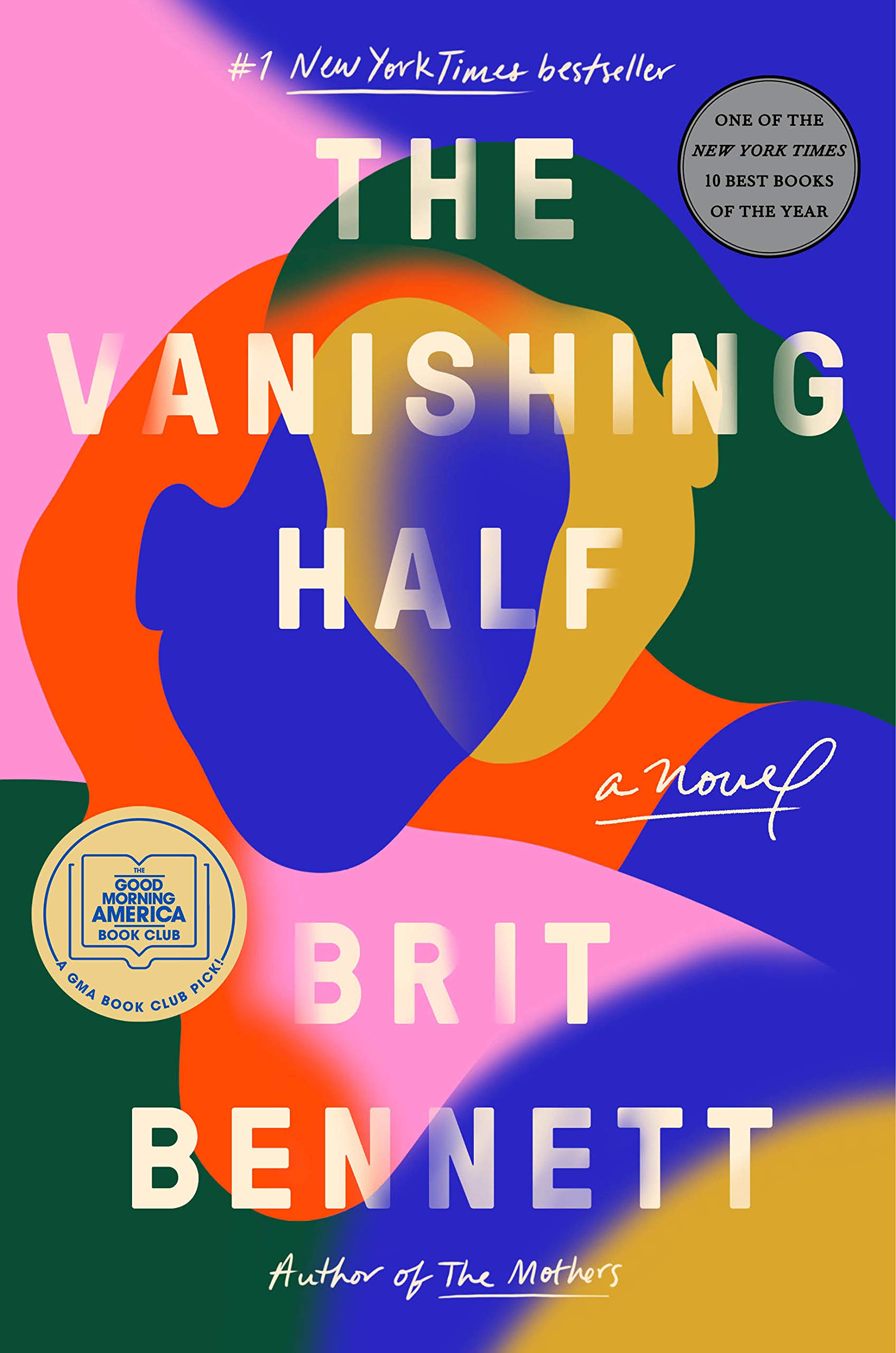
I wasn’t sure what to expect from The Bandit Queens by Parini Shroff; it promised dark humor in the face of horrific abuse, and that can be a hard line to walk… and one that can go catastrophically wrong very quickly if the balance gets tipped off even for a moment. Still, the premise and cover sounded interesting enough that I was willing to go in with solid expectations even though I’ve gotten a bit skeptical of Barnes and Noble’s book club selections.
Seriously, though. Look at it. That is a fantastic cover. It’s visually striking, its vibe matches that of the novel itself, and it does not closely resemble any other books out there.
What’s it about?
After her drunken, abusive husband disappeared one day, Geeta has been treated with fear and suspicion by the others in her village. Although she had nothing to do with his sudden absence, everyone is convinced that Geeta murdered Ramesh. This reputation makes for a lonely existence, but it isn’t without its advantages: Geeta is now free from physical abuse, able to provide for herself without the money going to illegal alcohol, and people are scared not to buy her products. The problem arises when Farah, a member of Geeta’s local loan group, takes Geeta’s reputation a step farther and asks for Geeta’s assistance in killing her own violent husband.
What’d I think?
I really enjoyed The Bandit Queens. Don’t get me wrong: it is very dark and I suspect it could be quite triggering to some readers as the murder is really the tip of the iceberg. The Bandit Queens engages with alcoholism, sexism, domestic and sexual assault (including, briefly, of children), casteism, colorism, violence, and animal abuse. The humor, in my opinion, is used as a sort of coping mechanism, allowing Geeta—and, through her, Shroff—to address these subjects without being drowned by them. It can be a bit irreverent at times, but not (at least in my opinion) irreverently so. The novel and its tone never undercut the horrors by attempting to make them seem less horrible. Geeta’s humor is, like the career she makes of making widows, a direct if over-the-top response to abuses she suffers. When dealing with content like this, it’s all about the tone and the gravity. The Bandit Queens uses humor, but it never makes light of any of it. That’s the difference between something like The Bandit Queens and something like The Paper Palace (which was also a BN book club pick that engaged with sexual assault and pedophilia) which made me actively sick to my stomach.
The banter between the characters is really fantastic, though. At our book club discussion we had lots of tangents where someone just said “remember when Saloni said such-and-such” or “oh my gosh that scene at the police station!” and we all took a minute to chuckle.
That being said, all potential readers should go into The Bandit Queens with their eyes open. If you are triggered by any of the above subjects, or if you would be upset by dark humor being utilized as a way to process trauma, this may not be a novel you want to engage with. There are lots of books out there, and life is too short to read ones that will distress you!


